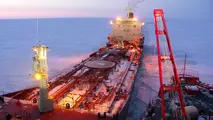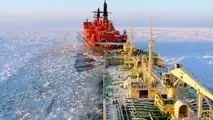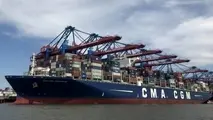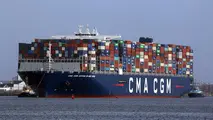LNG-Powered Crude Oil Tanker Crossing Northern Sea Route
An LNG-powered tanker loaded with over 100,000 metric tons of crude oil is transiting the Northern Sea Route for the first time as climate change continues to make the route more accessible to commercial shipping.
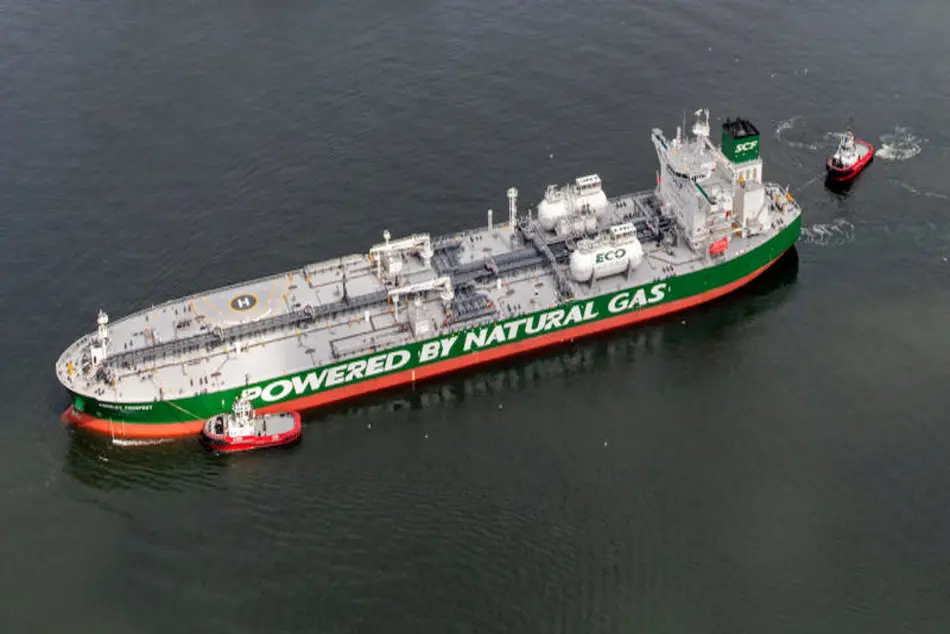
An LNG-powered tanker loaded with over 100,000 metric tons of crude oil is transiting the Northern Sea Route for the first time as climate change continues to make the route more accessible to commercial shipping.
Russian shipping company Sovcomflot’s says its Aframax tanker Korolev Prospect began its transit of the NSR on August 2019. The journey along the NSR spans from Cape Zhelaniya to Cape Dezhnev and will take about eight days, with the vessel moving at the expected average speed of 12 knots.
With a deadweight of 113,232 tonnes, the Korolev Prospect will be the first large-capacity crude oil tanker to travel the entire length of the Northern Sea Route using LNG fuel, according to Sovcomflot.
Sovcomflot currently has six LNG-fueled crude oil tankers in operation, including Korolev Prospect, and five more under construction.
Delivered in February 2019, the Korolev Prospect has a deadweight of 113,232 tonnes, a length of 250 meters, breadth of 44 meters, and an ice class of 1A hull.
Sovcomflot vessels have been operating in the Arctic for over a decade now. In 2010-2011, the company completed several experimental transit voyages along the NSR to show that using the route was both technically feasible and economically viable.
In 2017, Sovcomflot introduced Christophe de Margerie, the first ship in a class of icebreaking LNG carriers that support LNG exports from the Yamal LNG from the Siberian port of Sabetta.
The vessels are capable of sailing independently through ice up to 2.1 meters thick, and can travel along the NSR westward from Yamal all year-round, and eastward for six months of the year (from July to December).
